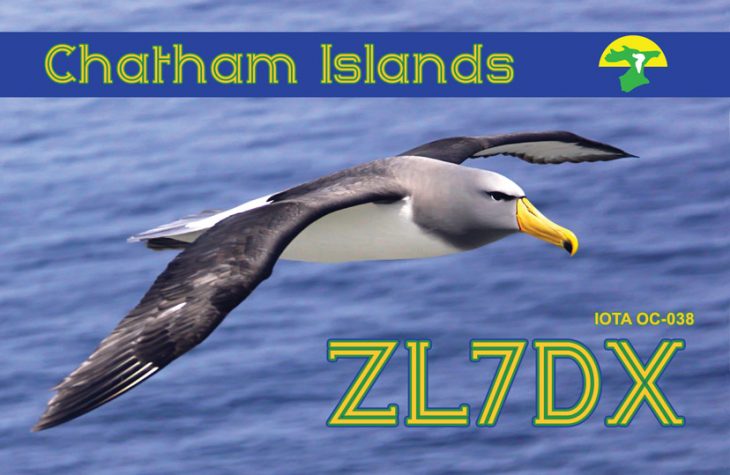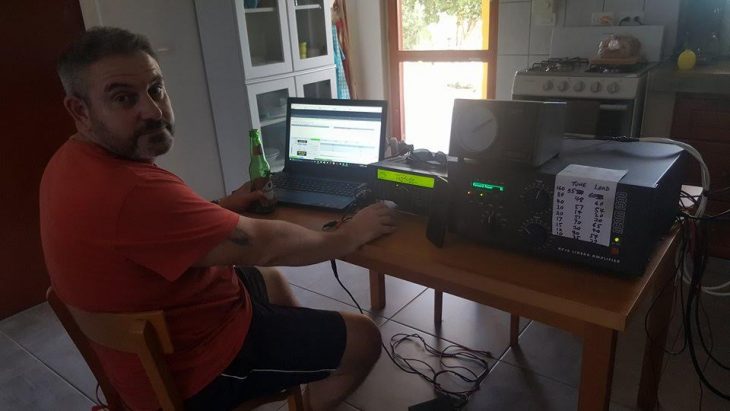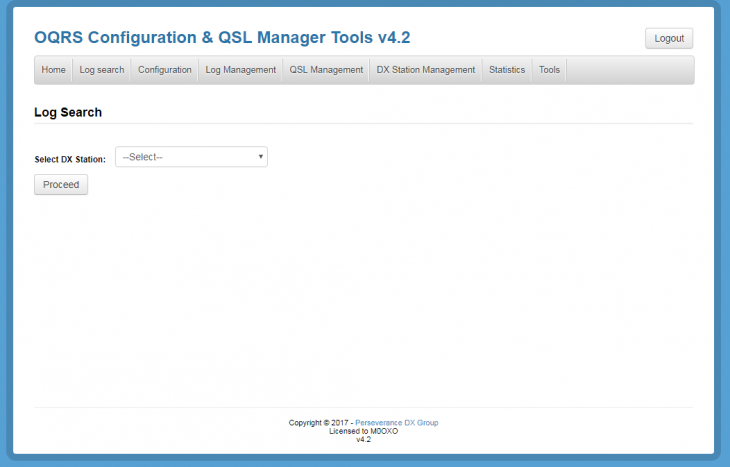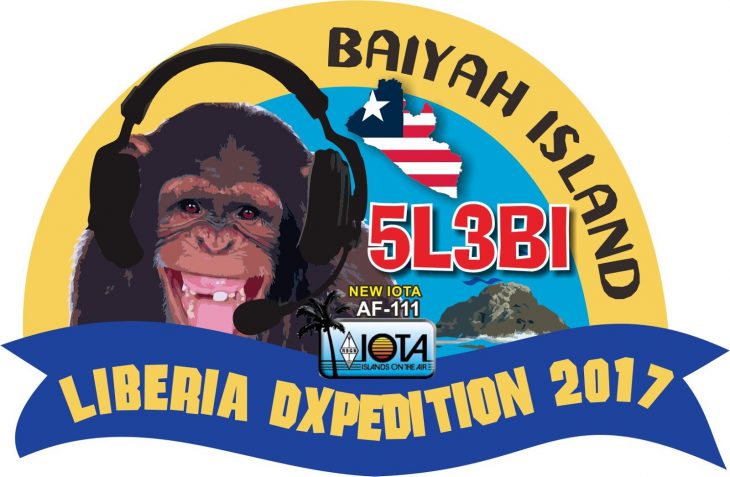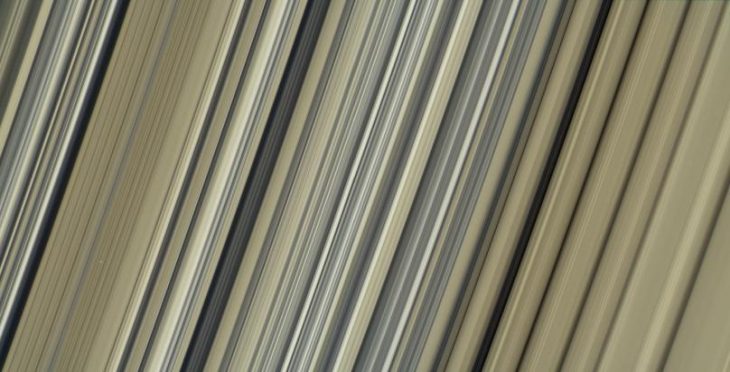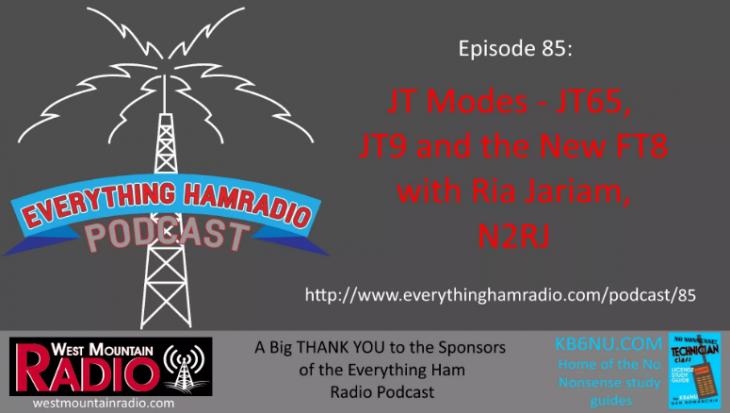September 09, 2017 @ 0030 UTC
Report of Solar-Geophysical Activity
Solar activity was at high levels. Region 2673 (S09W70,
Dkc/beta-gamma-delta) continued to be the primary source of solar
activity. The region produced four M-Class flares (R1-R2 Minor-Moderate)
during the reporting period of which the strongest was an M8/2b observed
at 08/0749 UTC. The magnetic complexity remained significant as the
region rotated towards the solar limb.
Region 2677 (N17W02, Axx/alpha) and Region 2679 (N15W41, Bxo/beta) were
in a decaying trend. Only minor changes were observed in Region 2674
(N13W54, Fko/beta) and Region 2678 (N11E05, Cro/beta). No Earth-directed
CMEs were observed in available coronagraph imagery.
.Forecast…
Solar activity is expected to be at moderate to high levels (R1-R2
Minor-Moderate) over the next two days (09-10 Sep), with a chance for
very high (R2-R3 Moderate-Strong) levels, due to the flare potential and
recent history of Region 2673. Flare potential will begin decreasing
over day three (11 Sep) as the region rotates off of the visible disk.
September 8, 2017 @ 13:10 UTC
A coronal mass ejection (CME) propelled into space by an X9.3 solar flare on Thursday reached our planet a little earlier than expected and helped to generate a Severe (G4) level geomagnetic storm. The solar wind climbed to above 700 km/s and the Bz component of the interplanetary magnetic field (IMF) pointed sharply south (-32nT) following the shock passage. Visual aurora is being reported across many locations at middle to high latitudes. Attached photo below is courtesy of Kathy Laroche from Williamstown, Ontario, Canada. Excellent photo and thanks for sharing!
A geomagnetic storm warning will remain in place for the next 24 hours. Sky watchers should continue to be alert for visual aurora.
UPDATE @ 13:10 UTC: The Bz component of the interplanetary magnetic field (IMF) has again tipped south. The solar wind also remains above 700 km/s and this is helping to fuel an ongoing geomagnetic storm. A Severe (G4) storm is again in progress.
September 7, 2017 @ 17:30 UTC
Strong Flaring Continues
The flaring around region 2673 continues on Thursday. The very active region produced an M7.3 flare at 10:15 UTC and this was followed up by an X1.3 event at 14:26 UTC. So far neither flare looks to have produced a large coronal mass ejection. Another strong flare will be very possible during the next 24 hours. With each passing hour, region 2673 rotates closer towards the west limb and the chances for an Earth directed eruption will decrease because of this. More updates whenever necessary.
September 6, 2017 @ 23:55 UTC
CME Impact / Storm Warning (UPDATED)
Impact! The coronal mass ejection (CME) observed on Monday swept past Earth at approximately 23:48 UTC Wednesday evening. Minor (G1) to Strong (G3) geomagnetic storming is in the forecast for middle to high latitudes during the next 24 hours. The timing works well for sky watchers across Scandinavia, northern Europe, Canada, Alaska and the northern tier USA. More updates whenever necessary.
UPDATE @ 06:30 UTC: So far the first CME impact is not nearly as impressive as initially forecast. G3 level storming from this passage is not looking likely, at least not at this point.
The Bz component of the interplanetary magnetic field (IMF) is now finally starting to point south at times and this could help the chances for a geomagnetic storm A storm warning will remain in effect on Thursday.
A reminder that another CME observed on Wednesday is expected to reach Earth by Friday and will again deliver a chance for Strong (G3) geomagnetic storming.
September 6, 2017 @ 21:00 UTC
Coronal Mass Ejection (CME) UPDATE
Coronagraph imagery courtesy of LASCO C2/C3 is now available. A bright, fast moving halo coronal mass ejection (CME) is seen leaving the sun following the X9.3 event earlier today and does indeed have an Earth directed component. Because of the sunspots location now off center in the southwest quadrant, the bulk of the plasma cloud is traveling to the west. The Earth directed flank is still significant enough to almost make a geomagnetic storm a certainty by Friday. Sky watchers should be alert for visible aurora during the next several nights while we await another CME generated by an M5.5 flare on Sept. 4th. Stay tuned to SolarHam.com for the most up to date information.

